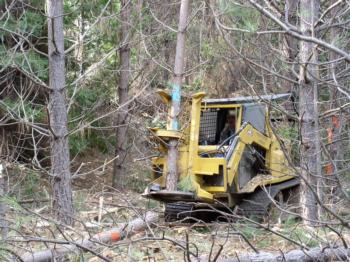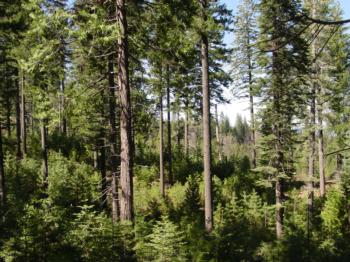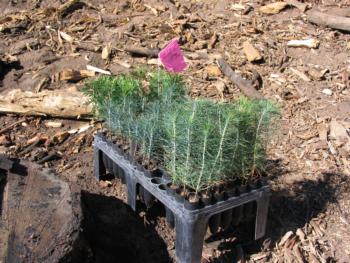Vegetation Management


Forest Regeneration:
Forest landowners may sometimes find they need to take active measures to establish a new forest after fire, pest outbreak or timber harvest. When an opening has been created in the forest canopy, there is an opportunity to influence what plants or trees will become established and thrive. The California Forest Practice Act requires that landowners regenerate their forest after a timber harvest or leave it in a stocked condition within 5 years. In some cases this may be done through natural seeding, but more commonly the site is prepared using a variety of techniques (including burning and herbicides) and planting of bare root or containerized tree seedlings to a density usually greater than that eventually desired. For an overview of forest regeneration considerations, please see the Forest Stewardship Series 7 - Forest Regeneration.

Resources:
CalFIRE produced an issue of the Forestland Steward newsletter on Silviculture - the Science and the Art in Fall 2011.
USDA Natural Resources Conservation Service administers the Environmental Quality Incentives Program (EQIP) and other cost-share programs to assist forest landowners with vegetation management.
The Forest Vegetation Management Conference meets annually in Redding, California, to share the latest research and information about forest vegetation management. Proceeding available online.
